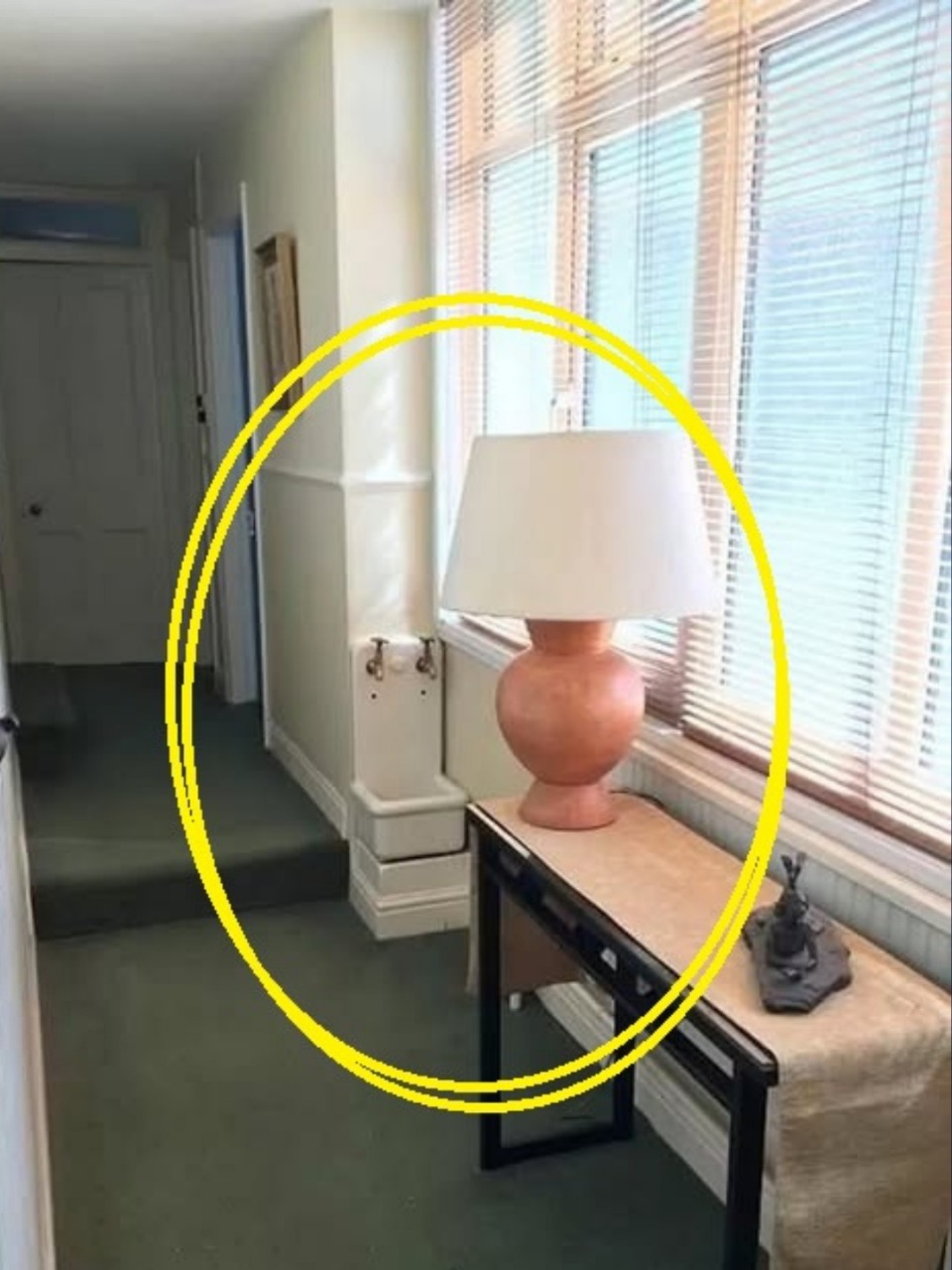
Step into a vintage Victorian, a cozy Craftsman, or an early 20th-century farmhouse, and you might come across something a bit puzzling:
A tiny sink in the hallway.
No toilet.
No shower.
No kitchen nearby.
Just… a sink. Alone. In the hallway.
To modern eyes, it can seem like a quirky architectural mistake or leftover plumbing oddity. But these hallway sinks weren’t accidents — they were actually brilliant.
Let’s dive into the surprisingly practical past of this overlooked feature of old-home design.
💧 Why Did Homes Have Hallway Sinks?
Back in the late 1800s to early 1900s, indoor plumbing was just starting to become more common in middle-class homes. Bathrooms were often limited to one per household, and usually placed upstairs.
But the need for quick handwashing, face-splashing, or cleanup after being outside still existed.
Enter the hallway sink — also known as a washstand or hall sink — a small fixture strategically placed near the home’s entrance or central hallway.
It was a solution born from necessity and etiquette:
- 🖐️ Quick handwashing before meals
- 🌿 Cleaning up after gardening or chores
- 🧼 Letting guests freshen up without invading private family spaces
🏡 Why It Was Perfect for the Time
In old homes, the hallway wasn’t just a passage. It was a functional transition zone:
- Coats and hats were hung there
- Boots were removed
- Guests were greeted
- Families moved between indoor and outdoor spaces
A small sink tucked into this space made life cleaner, more hygienic, and more convenient — especially when climbing stairs to the only bathroom was impractical.
Many hallway sinks included:
- Dual taps (hot and cold)
- A mirror
- Soap shelf or towel hook
- Compact design to fit into corners or recesses
⬆️ Hygiene Before the Powder Room
Before the invention of half-baths, hallway sinks were a clever compromise between function and footprint. They gave families a way to stay clean without crowding bathrooms or tracking dirt through the home.
And in an era where public health awareness was rising — with more emphasis on handwashing and disease prevention — having a sink easily accessible became a subtle but smart health feature.
📉 The Decline of the Hallway Sink
As indoor plumbing advanced and homes began including multiple full bathrooms — one upstairs, one downstairs, and later, powder rooms for guests — the hallway sink lost its job.
Over time, these sinks were:
- Removed during remodels
- Hidden behind walls or doors
- Replaced with furniture or closed off entirely
Today, they’re rare. But occasionally, you’ll find them in:
- Historic homes
- Restorations
- TikTok videos where someone says:
"Wait... why is there a sink in the hallway?"
🌟 Should We Bring Them Back?
Honestly… maybe! With the modern focus on:
- Cleanliness
- Germ reduction
- Functional home design
…a hallway sink could make a pretty stylish (and useful) comeback.
Imagine:
- A vintage-inspired brass faucet
- Marble backsplash
- Floating shelf for hand towels
- A touch of retro charm that’s actually practical
Final Thoughts
The next time you see a lonely sink in an unexpected hallway, don’t dismiss it as odd.
Recognize it as a relic of smarter, simpler times — when homes were built not just with beauty in mind, but with brilliant everyday utility.
In a world where function meets flair, the hallway sink may just be the forgotten feature we didn’t know we needed back.






Leave a Reply